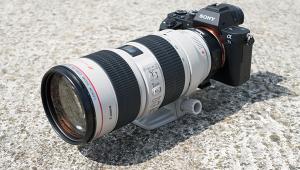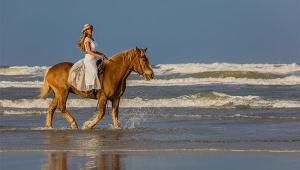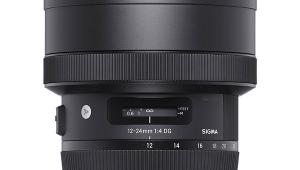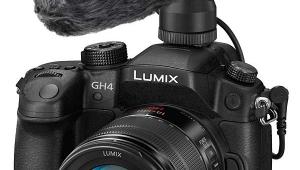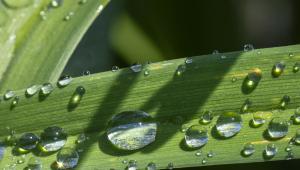Working with an Online Photo Lab: Here’s What You Need to Know for Optimum Results
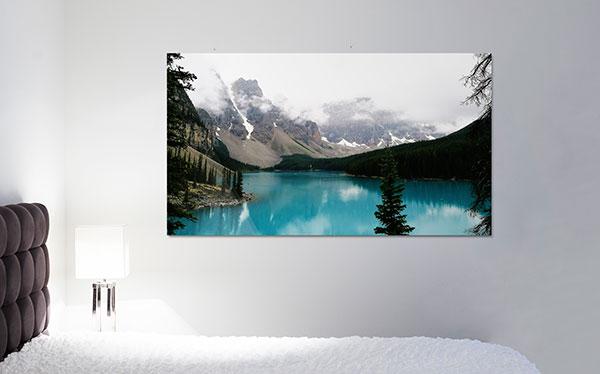
There’s no better way to enjoy the fruits of one’s photographic efforts than by displaying your work at home or at the office. And when it comes to gifts for friends and family, a beautifully mounted image is a memento that’s hard to beat. If you’ve never used the services of a professional online digital lab, the following tips will explain the benefits, help you identify the right lab for your needs, and enable you to obtain optimum results.
Even if you own a high-end inkjet printer, and output images at home, a full-service lab offers far greater options for print-size, unique papers, and the ability to mount prints under acrylic glass and atop various substrates. That’s why many discriminating photographers prefer to spend their time behind a camera, and leave printing and mounting to the experts.
For example, I rely on Whitewall because the museum-quality services and options they offer far exceed those of local labs in my area. And even though they’re based in Cologne, Germany, turnaround time is remarkably fast—even for custom orders.
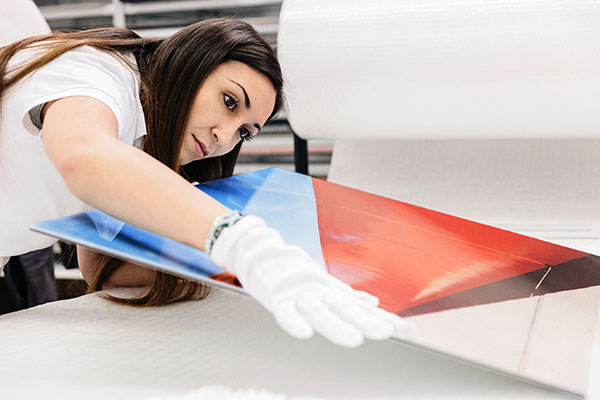
Image Resolution and File Types
The first thing to do when enlisting the services of an online lab is to familiarize yourself with their requirements for image resolution and file types. Pro online labs like Whitewall typically provide information on their website that explains the maximum enlargements possible for specific file sizes, and most are equipped to handle files as large as 1GB.
The best approach is to provide your lab with the largest file available, regardless of whatever size print you’re ordering. And this brings up another advantage of working with a trustworthy lab that takes pride in their work: If you order a huge print, but your file is too small to get the job right, you’ll be advised accordingly. As for the type of file you provide, most labs work from both TIFFs and JPEGs.

ICC Profiles and Paper Selection
If you have any experience printing photos at home, you know that the output you receive is rarely an exact match to how the image appears on your computer screen. Sometimes that’s because your monitor isn’t calibrated properly, or your screen is too bright. The same can happen when ordering prints online. But many custom labs, such as WhiteWall, enable you to achieve precise color matching by downloading ICC profiles for the specific papers and substrates they offer. This makes it easy to evaluate images on your monitor in Photoshop.
Another point to consider is that the profile for an image may differ, depending on whether you’re ordering a standard print or one under acrylic glass. I really like the acrylic effect, and Whitewall is very adept at taking this into consideration when printing my work.
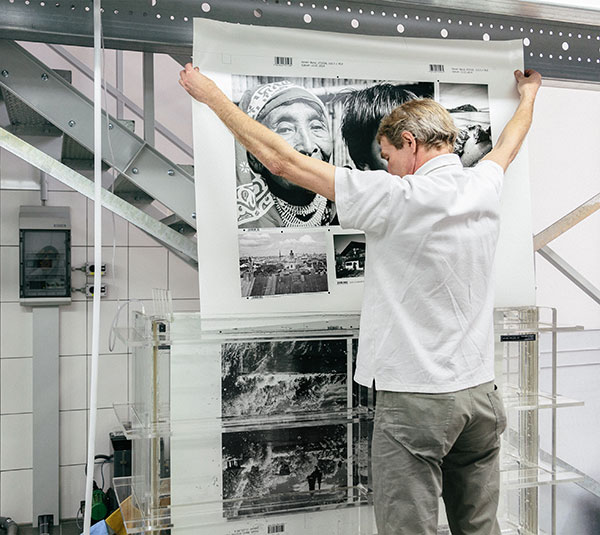
What About Viewing Proofs?
Depending upon the capabilities of the lab you choose, there are a couple ways to proof your order. One option, if you have a properly calibrated computer monitor, is what’s commonly referred to as a “soft proof.” This is a simulation, using ICC display profiles, that lets you view an accurate representation on your computer screen, to see how the final print will appear.
A soft proof takes into consideration the specific materials you’ve chosen for your print, before placing an order. This approach also enables you to make color adjustments in Photoshop prior to ordering a print, and most online labs provide straightforward instructions for doing do.
Whitewall also offers physical test samples, or “hard proofs,” that you can review before confirming your order. If you’re not certain that your monitor is calibrated accurately, hard proofs provide an extra level of confidence.

Choosing the Right Materials
Paper selection is an important consideration that may vary depending upon the effect you’re after and whether your photo is a portrait, black-and-white image, landscape photograph, high-contrast shot, or something else. A good online lab makes this decision relatively simple, by providing detailed descriptions of the papers they offer, along with recommendations as to which papers are best suited for different types of images.
I often have Whitewall mount my photos as photo prints under acrylic glass. This adds brilliance, depth, and durability to the final print, and works really well with vibrant images, nighttime shots, underwater photographs, and more.
Many custom labs offer a choice of substrates in addition to metal, including printing directly on wood. This gives a unique look to nature images, particularly those with high contrast, as the wood’s natural grain will come through highlight areas and become an integral component of the final print.
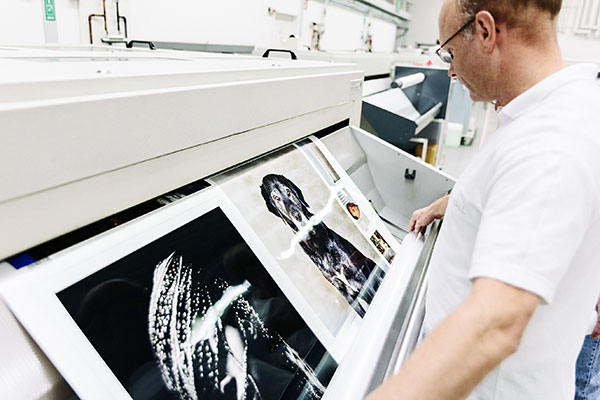
Bottom Line
If you’d rather be out shooting, than sitting behind a computer printing your work, enlisting the services of a full-featured online photo lab can be a truly liberating experience. And as you’ve no doubt realized from the forgoing, a full-featured lab can provide you with unsurpassed print quality, and a vast array of papers, substrates, and mounting options. And if you want to go really big, print size is only limited by the size of your files.
Once you do some research to select an online lab that meets your needs, and receive your first order, you’ll be surprised to learn how easy (and addicting) the process really is!
Note: Shutterbug readers can take 15% off all print orders at WhiteWall.com that are larger than 30-inches until July 9, 2018. Visit WhiteWall.com to upload your photos and save now.
First time users of WhiteWall.com can receive a 10% discount on any order using the voucher code SHTTRBG10. This offer may not be combined with any other offer, including the offer of 15% off print orders 30-inches or larger. The 10% discount is valid until July 31, 2018 and does not include shipping costs.
- Log in or register to post comments
